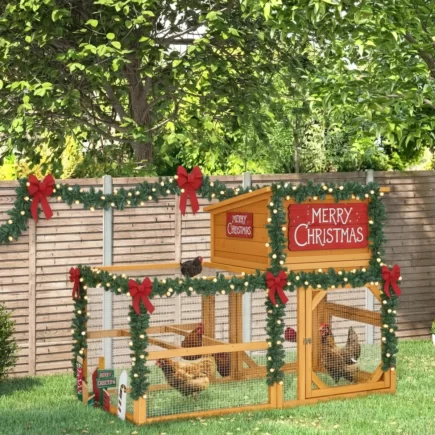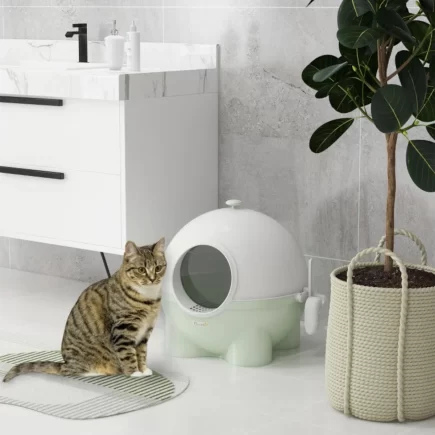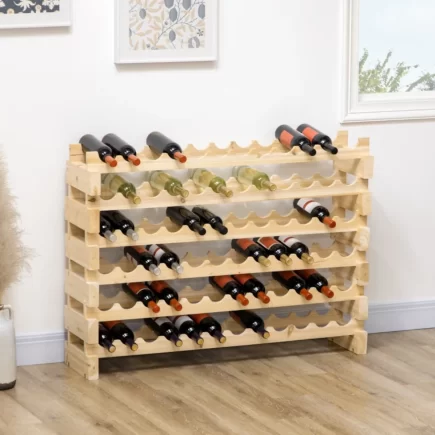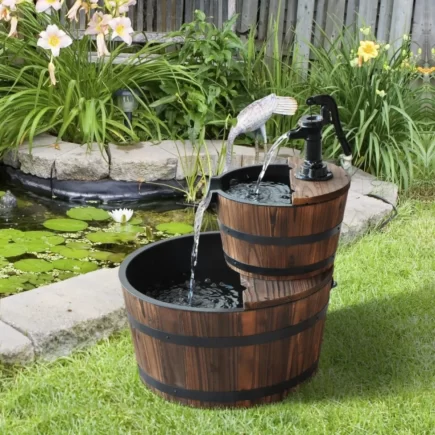Portable washing machines are a great solution for people with limited space, such as those living in apartments, dorms, RVs, or temporary living situations. However, like any appliance, portable washing machines can experience problems. Understanding the common issues and knowing how to troubleshoot them can save you time and money, and help you avoid costly repairs.

This guide provides step-by-step instructions on fixing typical problems, along with helpful maintenance tips to keep your portable washing machine running smoothly for years to come.
1. Power and Electrical Troubleshooting
Electrical problems are one of the most common causes of malfunction in portable washing machines. If your washer isn’t turning on or seems to stop mid-cycle, here’s how to troubleshoot:
Check Power Supply
Ensure that the washing machine is plugged into a working outlet. Test the outlet by plugging in another appliance. If the outlet isn’t working, you may need to reset the circuit breaker.
Inspect Power Cord
Look for visible signs of wear or damage on the power cord. Frayed cords or loose connections can cause the machine to stop working. If the cord is damaged, it should be replaced immediately.

Reset Circuit Breaker
If the outlet and power cord are functioning correctly, check your home’s circuit breaker. If the breaker has tripped, reset it by switching it off and back on.
Motor Overheating
If the washing machine turns off after a short time, it might be due to overheating. This can occur if the washer is overloaded or running for too long. Give the machine time to cool down and avoid overloading in the future.
2. Water Supply and Drainage Issues
If your portable washing machine isn’t filling with water or draining properly, it’s often due to a problem with the water supply or drainage system. Here’s how to solve common issues:
Inspect Water Inlet and Hose
Check that the water inlet hose is securely connected to both the machine and the faucet. Look for any kinks or blockages that may be restricting water flow. Replace the hose if it’s damaged.

Low Water Pressure
Some portable washers require a certain level of water pressure to function correctly. If you experience low water pressure, you may need to install a pressure booster pump or check that your washer model is compatible with your water pressure.
Drain Hose Problems
A clogged or improperly installed drain hose can cause drainage issues. To fix this:
- Inspect the hose for kinks.
- Clear any blockages inside the hose.
- Ensure that the hose is positioned properly to allow for effective drainage.

Drain Pump Issues
If the washer still doesn’t drain after checking the hose, the problem might be with the drain pump. Unplug the machine, drain any water manually, and inspect the pump for any blockages. If necessary, clean or replace the pump.

3. Spinning and Cycle Problems
If your washing machine isn’t spinning or completing its cycles, follow these steps:
Fixing Spin Cycle Issues
The first thing to check is whether the load is balanced. An unbalanced load can prevent the washer from spinning correctly. Distribute the clothes evenly inside the drum. If the load is too heavy or too light, the washer may not spin.
Check for Load Imbalance
Ensure that similar items (e.g., towels with towels, shirts with shirts) are washed together. Avoid overloading the machine, as this can cause the washer to stop spinning.
Inspect Lid Switch and Timer Settings
A malfunctioning lid switch may prevent the washer from starting its cycle. Check the switch to ensure it’s working correctly. You should hear a click when the lid is closed. If it’s faulty, replace it. Also, check the timer settings to ensure that they are working properly.
4. Leaking Issues
Leaking is often caused by issues with hoses or seals. Here’s how to fix common leaking problems:
Check for Door Seal Leaks
For front-load models, leaks often occur around the door seal. Inspect the seal for any dirt or wear. Clean the seal with a damp cloth, and replace it if it’s cracked or damaged.
5. Detergent Dispenser Problems
If your detergent dispenser isn’t dispensing properly, follow these steps:
Clean the Dispenser
Over time, detergent buildup can clog the dispenser. Clean the dispenser regularly with warm water and a soft cloth. If residue is stubborn, run a cycle with vinegar to clear any clogs.
Use the Correct Detergent
Using the wrong type of detergent can affect your washer’s performance. Ensure that you are using the type of detergent recommended for your model.
6. Noise and Vibration Troubleshooting
Excessive noise or vibration is often caused by improper leveling or unbalanced loads. Here’s how to address these problems:
Level the Washer
Make sure the washing machine is sitting on a flat, level surface. If necessary, adjust the washer’s feet to ensure it’s properly balanced.

Check for Unbalanced Load
Distribute clothes evenly within the drum to prevent imbalance during the spin cycle. Avoid mixing heavy and light items in the same load.
Inspect Internal Parts for Wear
Excessive noise could also be a sign of worn-out drum bearings, drive belts, or pulleys. Open the machine’s panel and check for any visible damage. If you notice any, replace the damaged parts.
7. Regular Maintenance Tips for Longevity
Regular maintenance can prevent many common issues and extend the life of your portable washing machine. Here are a few tips:
Keep Hoses and Filters Clean
Clean the hoses and filters regularly to avoid blockages that can cause drainage or water supply issues.

Schedule Periodic Inspections
Perform an inspection every few months. Look for signs of wear on hoses, seals, and internal components to catch potential problems early.
8. When to Seek Professional Help
While many problems can be fixed on your own, some issues may require professional help:
Signs of Complex Problems
If your washer is experiencing electrical or mechanical issues that you can’t resolve, such as problems with the motor or control board, it’s best to consult a professional.
Cost-Effective Professional Repairs
In some cases, professional repairs are more cost-effective than replacing the machine. If you’re unsure, calling a technician for an inspection can help determine whether a repair is necessary.
By following the troubleshooting steps and maintenance tips outlined in this guide, you can address most issues with your Portable Washing Machine. Regular care and attention will help keep your machine running smoothly. However, if the problem is too complex or involves internal components, don’t hesitate to call a professional technician to ensure the issue is properly resolved.
FAQs
1. Can I run my portable washing machine without water pressure?
Portable washers rely on a certain water pressure level to function properly. If you have low water pressure, consider installing a pressure booster pump to ensure the machine fills and operates correctly.
2. What should I do if my portable washing machine is making a burning smell?
A burning smell can indicate overheating, a problem with the motor, or a damaged belt. Immediately unplug the machine, allow it to cool down, and inspect the motor and internal components. If the problem persists, contact a technician.
3. How do I know if my portable washing machine is too old to repair?
If your washer consistently experiences mechanical issues, such as malfunctioning cycles, motor failure, or continuous leaks, it might be more cost-effective to replace it. Check the machine’s age and compare repair costs to replacement prices.
4. Can a portable washing machine be used with a hot water supply?
Yes, many portable washing machines can connect to both hot and cold water supplies. However, make sure your model is compatible with a hot water hookup, as some models only accept cold water for washing.





























